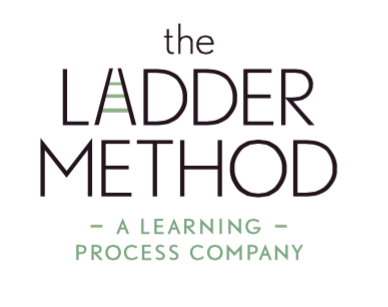The Right Types of Brain Breaks
by Peter Lindholm
While it’s true that studying should be focused and efficient, it doesn’t have to be non-stop. It’s important to take breaks during study blocks to avoid getting tired and frustrated.
What should a study break look like? It should be 5-10 in length (excluding a family dinner) and have minimal distractions. The break should be both efficient and effective, just like the homework itself.
So, what kind of breaks fit this mold? Ones that facilitate both studying and promote wellness. Here are three types of breaks that are great to implement into any study session.
Dinner:
This might be obvious, but many students and families ignore dinner in favor of homework or study time. It’s crucial to have both! A brain can’t function properly without food, so studying on an empty stomach might as well be spent in front of the T.V. For more information on the right kinds of food to be eating for dinner, check out our article on study-friendly foods.
Social:
We recommend students take breaks that facilitate social time. Dinner could feed into this because research has proven that family dinners have positive impacts on developing brains. Besides dinner, students can get their phone out of the bedroom (where it should be during work times) and can use it for socializing or contacting friends. Homework doesn’t happen in a vacuum; kids have lives and social needs that are important to maintain a healthy balance between studying and taking a break.
Movement:
Similar to a car sitting in bad weather, the brain gets rusty if left stagnant for too long. To engage the brain and promote healthy habits, students should take movement breaks during long study sessions. Older students can participate in more structured exercise and sports practice and younger students can simply run around for ten minutes or play an active game. Anything to shake off that rust!
Homework doesn’t have to be the torture chamber that it’s portrayed to be in T.V. shows and movies. With short (5-10 minute) breaks built into work times, the work will be done more effectively and the student won’t feel that their life has to stop when they have a lot of homework. It’s a win-win.

